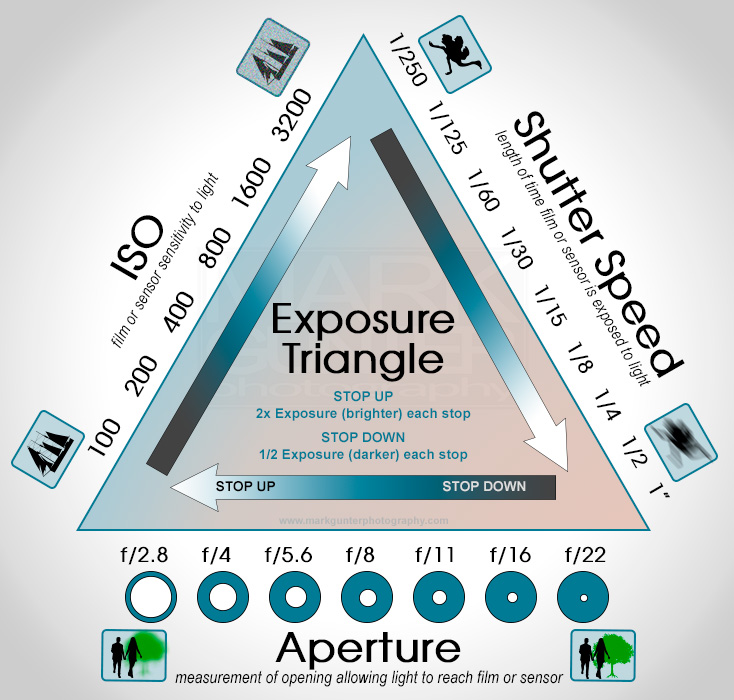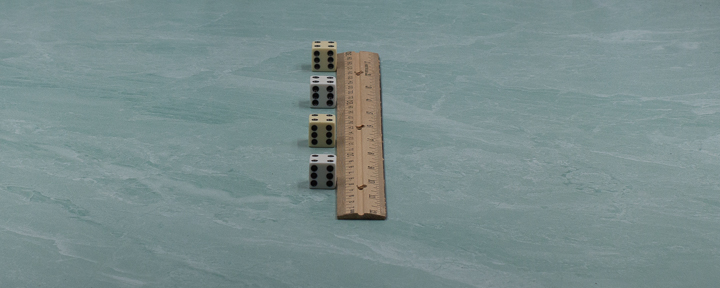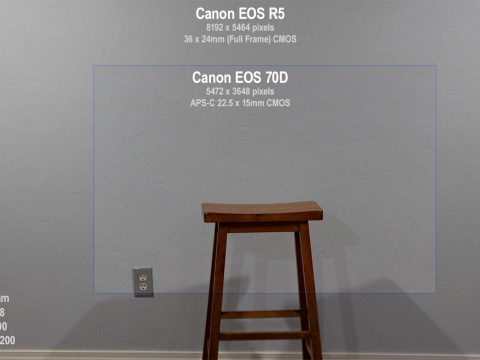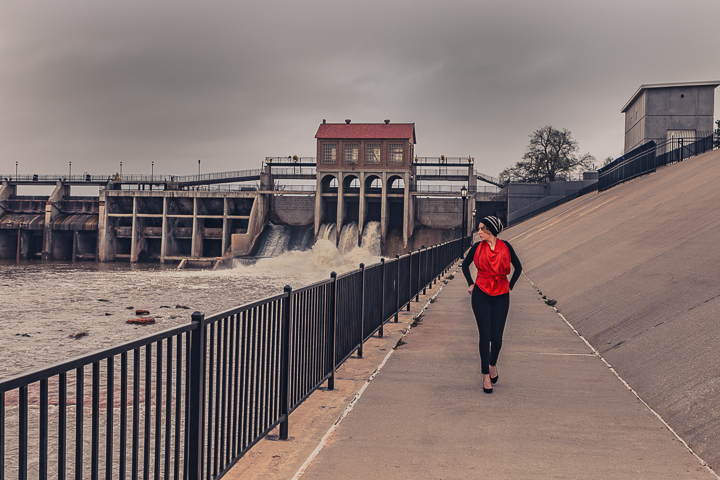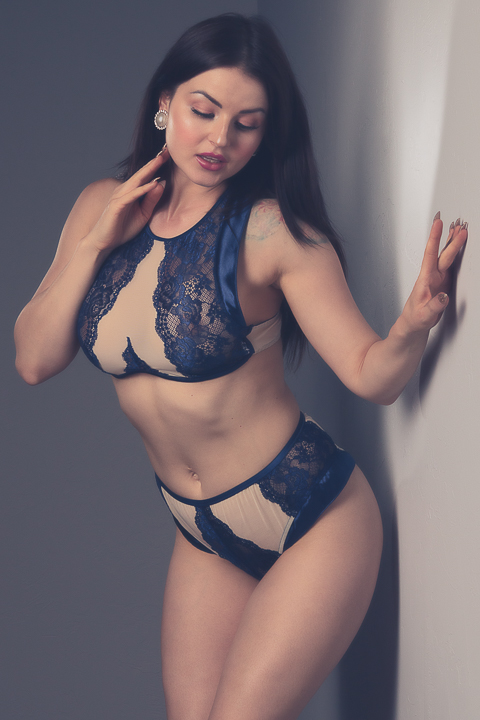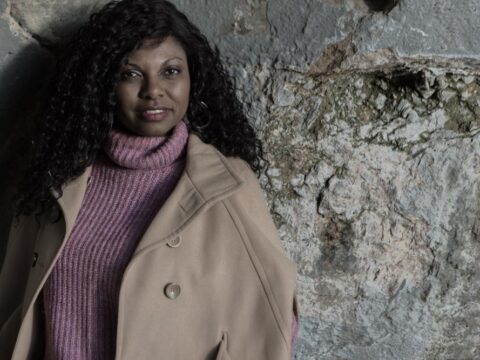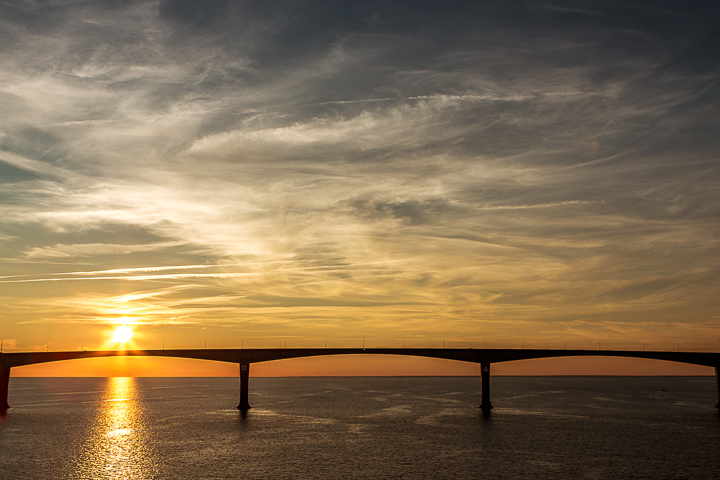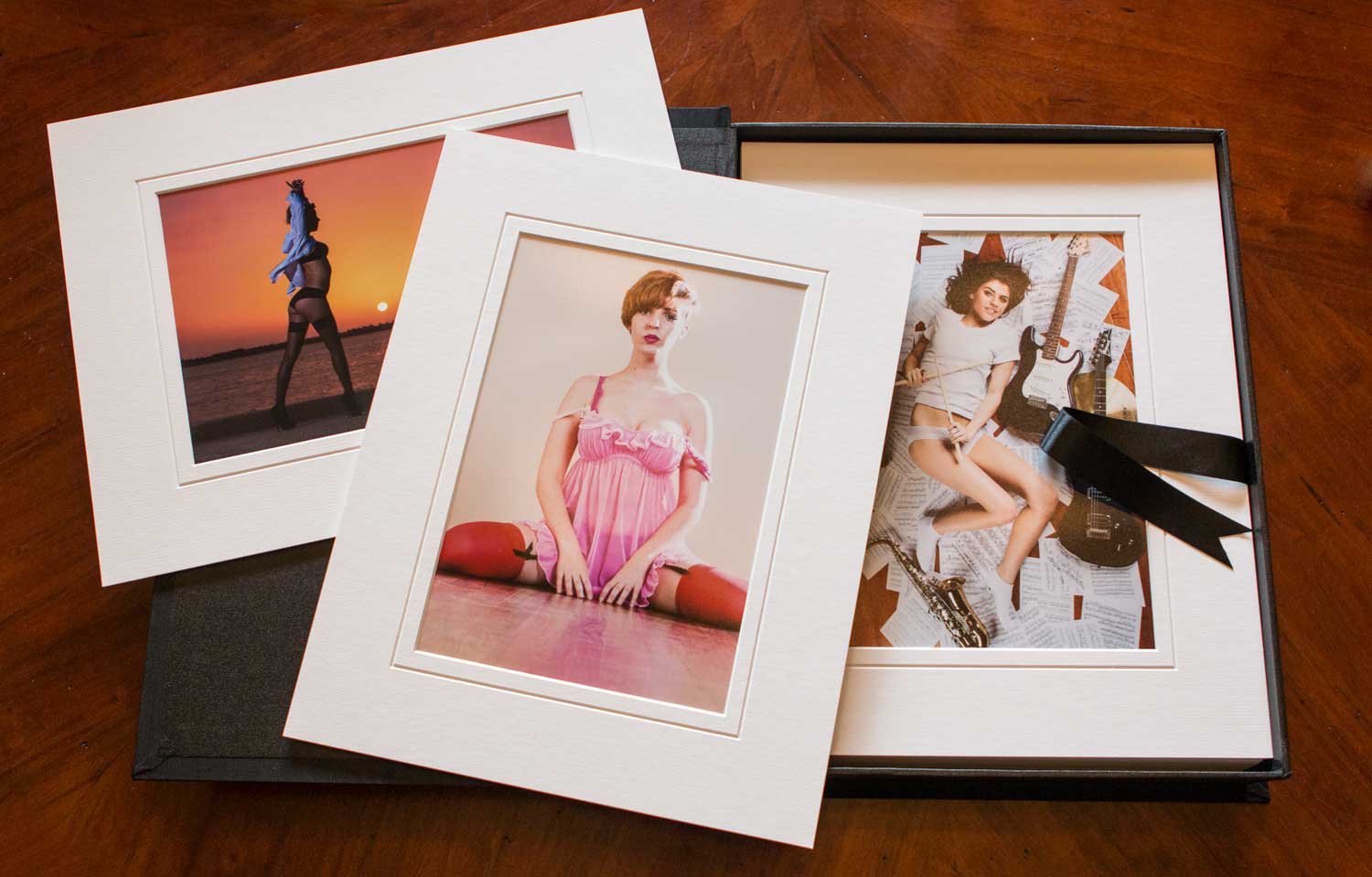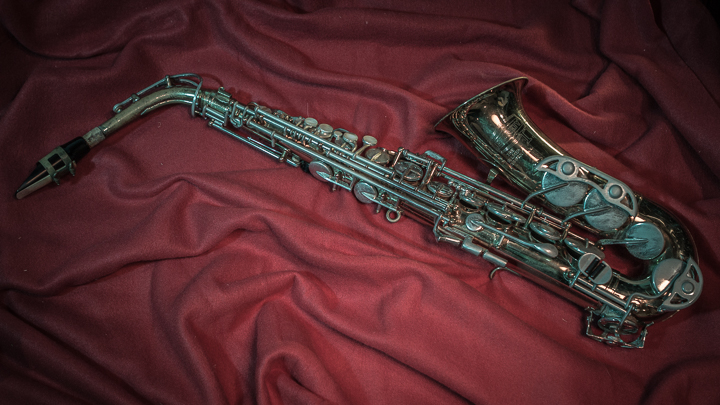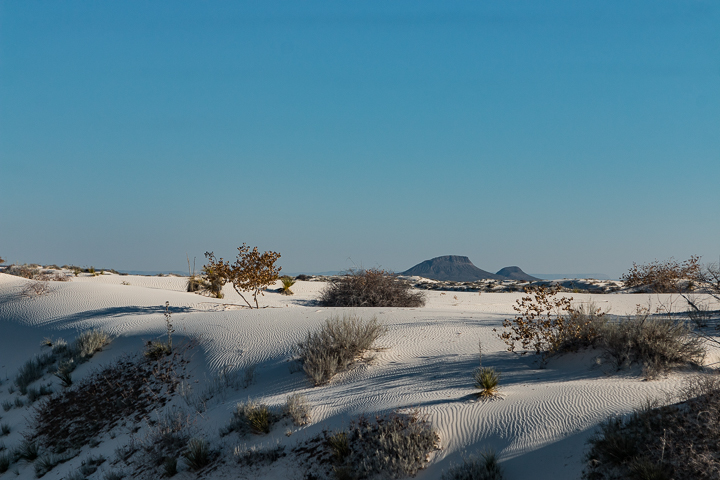One of the most empowering things a new photographer can do is to learn how to shoot in Manual Mode. If you’ve been using “P” (or Program Mode), this can be a very scary step. If you’ve been shooting in Aperture Priority or Shutter Priority, you are almost there. Each of these modes are useful in certain situations. However, if you can learn to shoot in Manual Mode, you will better understand your camera, when to use those other modes, and how to create the images you dream of creating.
Manual Mode Basics
We will just be skipping rocks across the surface, so no need to hold your breath for a deep dive. The image included is my version of a common teaching tool that illustrates the concept of the Exposure Triangle. Together with the very brief explanation that follows, you will better understand the relationship between ISO, Aperture, and Shutter Speed.
ISO or Film Speed
ISO is a measure of film speed or light sensitivity. The more available light you have, the lower the ISO you can use effectively. Outside, an ISO of 100 is a good place to start. If you are shooting in a darker situation, you may want to increase your ISO to 800 or higher. As you increase ISO, you will begin to see increasing grain or noise in your image. This is usually the last setting I change but there are times where it is essential to create the photograph you envision.
Aperture or f-stop
Simply speaking, aperture (or f-stop) is the opening through which light enters the camera. The lower the number the wider the opening. As the opening gets wider, you get more light.
Aperture will impact depth of field (the range of distance in which an image is considered in focus). The wider your aperture, the narrower the region of focus. For example, an f-stop of 2.8 can be used to turn a rough background into a creamy blur called bokeh. Likewise, an f-stop of 8 or higher can be used to make sure a group photo is in focus. It is not unusual to see wide landscape shots taken at even higher f-stops.
Shutter Speed
Shutter speed is a measure of how long your camera is going to capture light. The faster the shutter speed, the better you can stop motion. However, this also means you get last light hitting the film or sensor. Shutter speed is measured in seconds and fractions thereof.
Ready to Shoot Manual?
Using your camera’s exposure meter, you can adapt to almost any situation. Adjust one setting to fix a problem, then adjust one or both remaining settings to keep that exposure on target. While this may seem overwhelming, with practice, you will be shooting in manual with ease.
If you have questions or would like additional help, leave a comment below or feel free to reach out to me directly and I’ll try to help. This short and sweet lesson is just the start of your journey.

